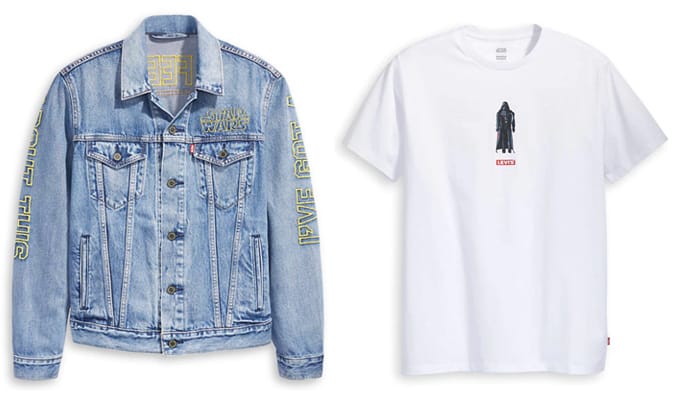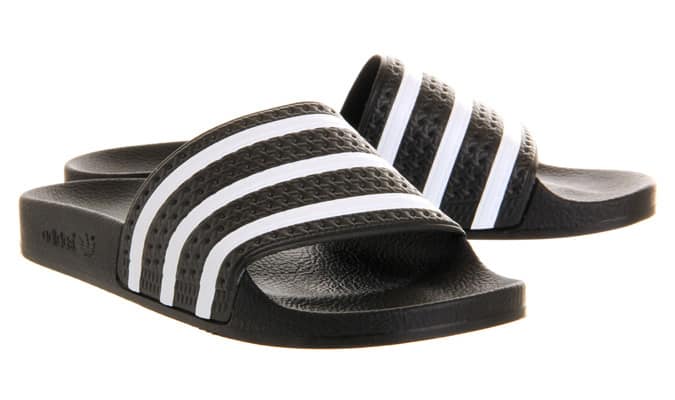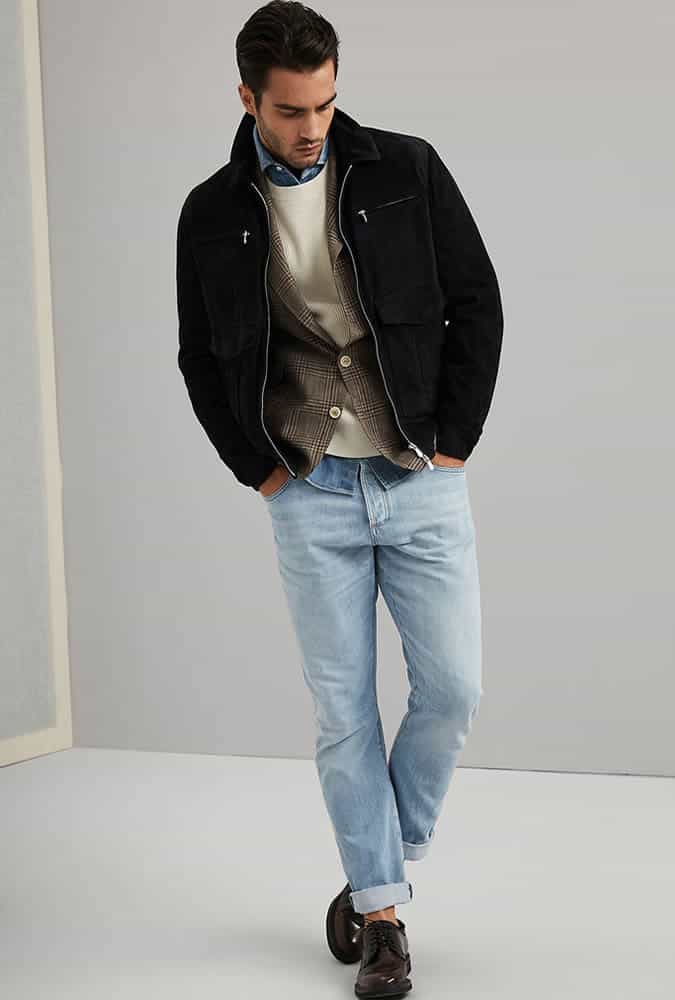Why You Should Own A Pinstripe Suit (And How To Wear It)
Picture pinstripes and you probably imagine them wrapped around a braying financier, with a phone cradled against each ear and a lady of negotiable affection perched on his lap.
Pinstripe suits have been the unofficial uniform of bankers since the 1980s, serving as silver screen shorthand for avarice and sociopathy in Wall Street, American Psycho and The Wolf of Wall Street. Tony Montana even met his end in a chalkstripe three-piece.
British bankers birthed the style in the 19th century, though back then they were more interested in blending in than standing out. Banks each had their own stripe, varying in shade and weight, that identified who worked for which.
But after they were adopted by the Chicago Cubs baseball team in 1907, then stolen (and made more famous) by their rivals, the New York Yankees, they took on a more maverick air.
The Brits had worn pinstripes only on their trousers, but in the US, gangsters went for whole suits, a boldly patterned middle finger to the pursuing, funereal feds. Movie stars like Clark Gable, eager to cultivate an outlaw aesthetic, followed suit.
Pinstripes were worn by glamorous, womanising men. Then suddenly, by anyone who wanted to be considered glamorous and womanising, even if they worked in insurance. The elan went and pinstripes became try-hard plumage.
In other words, they were perfect for finance’s alpha male bastions of bad taste, who adopted them in the 1980s as a sartorial dick swing, amplified by a double-breast cut and scarlet braces. For anyone who didn’t judge someone’s worth only by the size of their pay package, they were too gauche for words.
The Crash And Recovery
Until 2008, that is, when the bankers destroyed everyone else’s life savings and demand for power suits collapsed as quickly as Lehman Brothers. No one wanted an outfit that telegraphed your responsibility for the worst financial crisis in living memory.






















